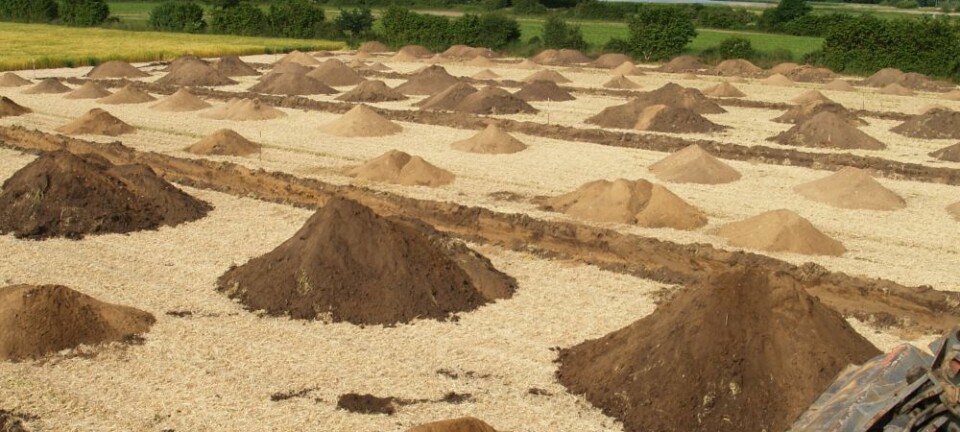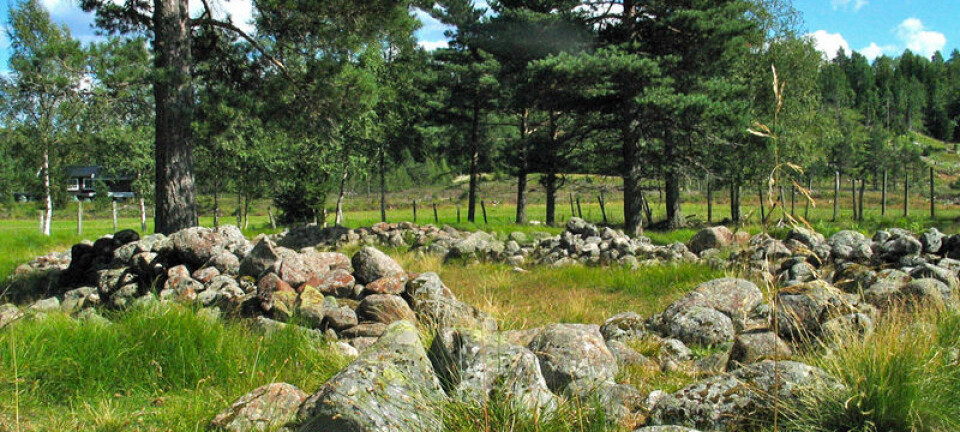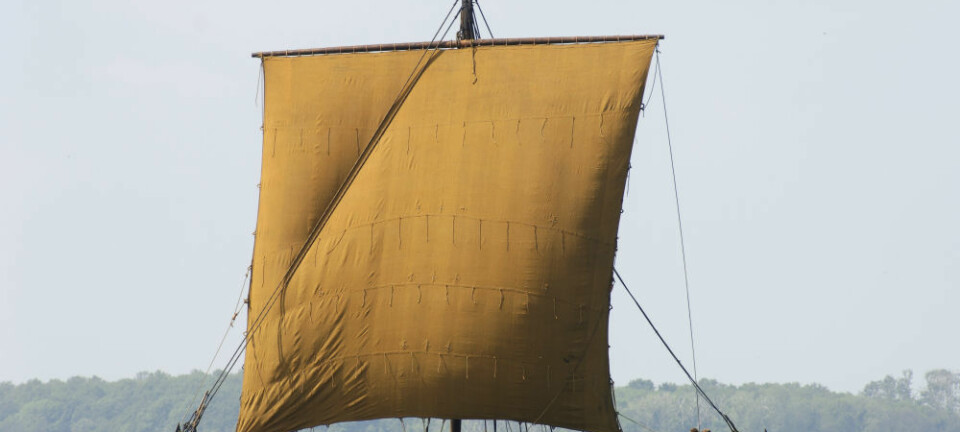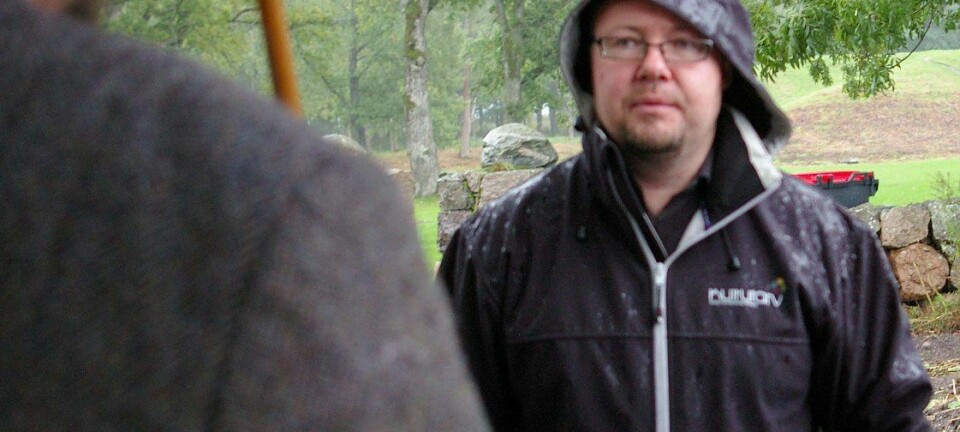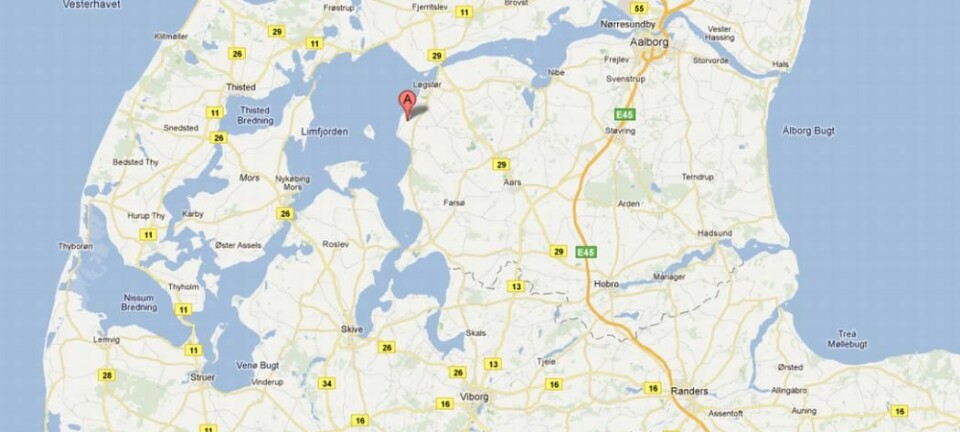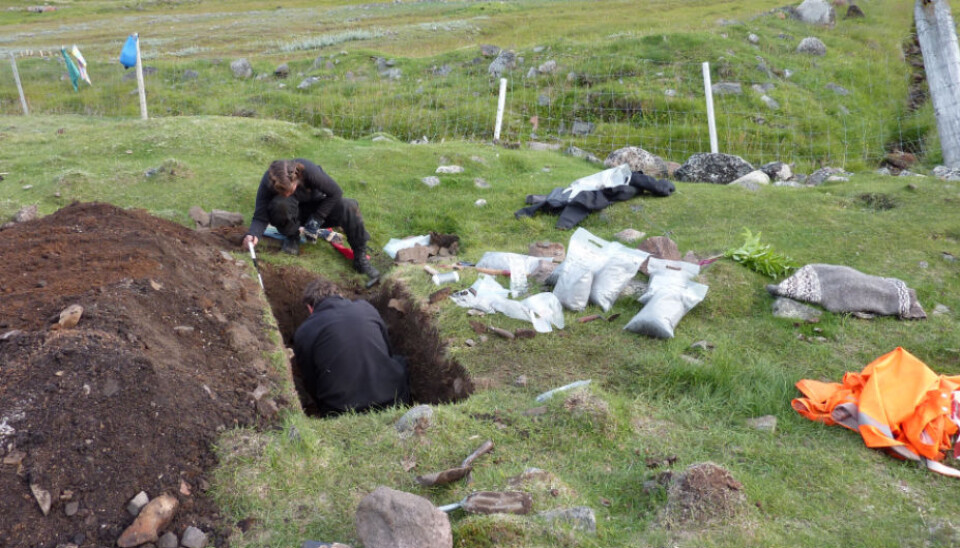
Vikings grew barley in Greenland
A sensational find at the bottom of an ancient rubbish heap in Greenland suggests that Vikings grew barley on the island 1,000 years ago.
The Vikings are both famous and notorious for their like of beer and mead, and archaeologists have discussed for years whether Eric the Red (ca. 950-1010) and his followers had to make do without the golden drink when they settled in Greenland around the year 1,000.
The Greenland climate was mild when they landed, but was it warm enough for growing corn?
Researchers from the National Museum in Copenhagen say the answer to the question is ‘yes’. In a unique find, they uncovered very small pieces of charred grains of barley in a Viking rubbish heap on Greenland.
The find is final proof that the first Vikings to live in Greenland did grow barley – the most important ingredient in brewing beer, making a form of porridge or baking bread, traditionally seen as staple foods in the Vikings’ nutritional diet.
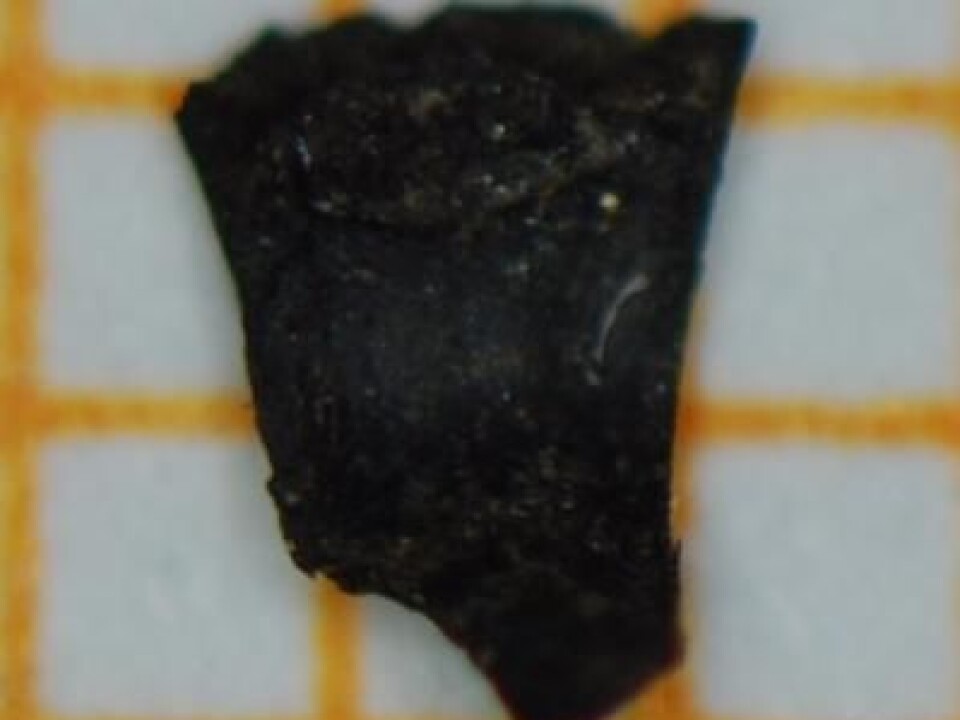
“Archaeologists have always believed that the Vikings tried to cultivate the soil on their farms in fertile southern Greenland,” says Peter Steen Henriksen, who holds an MSc in agriculture. “But this hasn’t been proved until now.”
Settling in a harsh environment
Henriksen, an archaeobotanist at the National Museum's Environmental Archaeology and Archaeometry section (NNU) in Copenhagen, led an expedition to Greenland to study how the Vikings tackled the task of settling in a cold and harsh environment.
“Now we can see that the Vikings could grow corn, and this was very important for their nourishment and survival,” he says.
The find also substantiates a well-known text from about 1250, ‘King's mirror (Konungs skuggsjá)’, which mentions in passing that the Vikings attempted to grow corn on Greenland. It is the only report about cultivating barley that we have from that time.
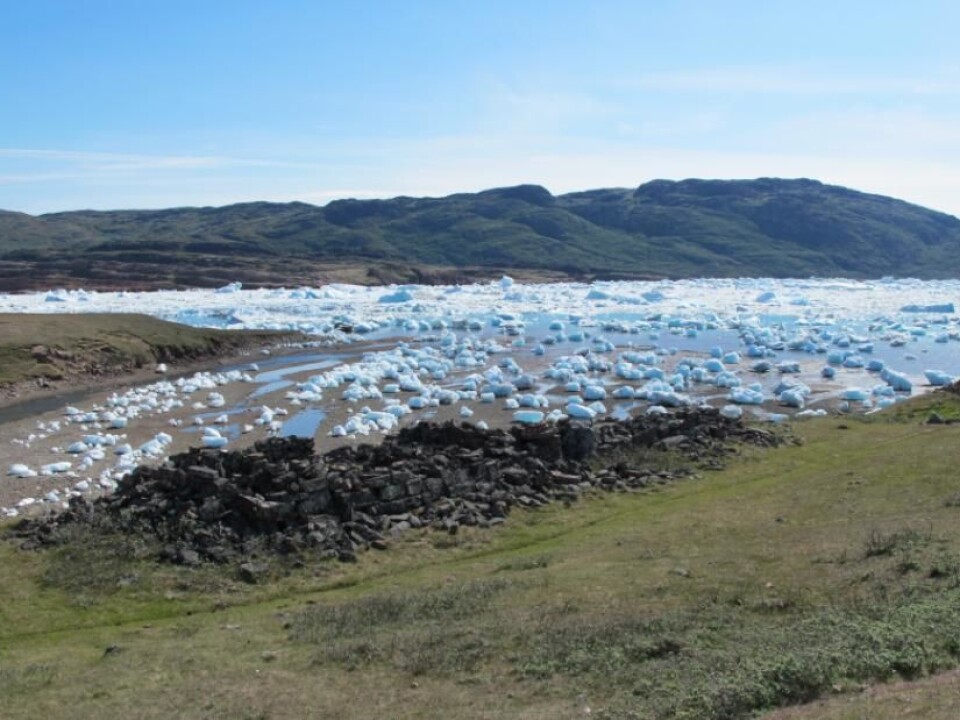
Researchers believe the Vikings probably grew barley in small quantities, compared with the large, billowing cornfields we have today, and sowed barley in small enclosures that were no bigger than their ability to irrigate the corn and keep hungry animals out.
Well-preserved Viking farms
Henriksen and his colleagues were in Greenland in 2010 and 2011 to search for signs of agriculture at Viking farms at the island’s southernmost point.
“We carried out several excavations at 12 different ruined Viking farms, even though they were abandoned 700 to 800 years ago,” says the researcher. “Many of the farms were well preserved. The peat and stone walls can still be seen, and in some places they’re a metre and a half high.”
Rubbish heaps a mine of knowledge
The researchers had little chance of finding the remains they wanted in what was left of the stone buildings, and Greenland’s soil is too thin to preserve remnants of Viking agriculture. Further traces that might have existed have been destroyed by the weather and not least by modern agricultural activities – today’s Greenland sheep farmers have settled in the same places as their Viking forebears.
But the Vikings were mortals, like the rest of us, and needed somewhere to get rid of their rubbish. The researchers found rubbish heaps close to the Vikings’ farms.
Barley at the bottom of the heap
The rubbish heaps – containing old food, household rubbish and ashes from the fires – were quite large, which was not surprising as the Vikings had inhabited the farms for many decades. As the contents rotted, the rubbish heaps subsided, and are now only about a metre thick.
“We excavated the rubbish heaps down to the bottom layers, which date from the time the settlers arrived,” says Henriksen, whose team took 300 kg of samples for further analysis. “The sample we took from the bottom layer of a heap contained grains of corn. The grains had been close to a fire and were charred, which preserved them.”
From their shape and size, the grains of corn were identified as barley with complete certainty. And they came from agricultural production.
Wild barley is not strong enough to grow in Greenland, says Henriksen, who also rules out imported barley, as even small quantities of grain would be too much for the cargo hold of the Vikings’ ships.
“If the corn had been imported, it would have been threshed, so finding parts of grains of barley is a very strong indication that the Vikings grew their own corn,” he adds. The find also confirms researchers’ theory that the Vikings tried to continue the form of life they knew so well from their original homes.
Little Ice Age stopped corn cultivation
The Greenland climate was a bit warmer than it is today, and the southernmost tip of the great island was luscious and green and no doubt tempted Eric the Red and his followers. This encouraged them to cultivate some of the seed corn they brought with them from Iceland.
The Vikings also tried to grow other agricultural crops. Their attempts to grow these crops and barley did not last long, however, as the climate cooled over the next couple of centuries until the Little Ice Age started in the 13th century.
“The Vikings couldn’t cultivate very much in the last decades they were in Greenland because the climate was too bad,” says Henriksen. “Corn needs a long growing season, and if that season is too short you can’t harvest seed for the next season.”
At some point the Vikings were no longer able to maintain the seed production for their food and drink, and that made it more difficult for them to survive.
The mysterious end of Greenland’s Viking era
The cold climate may have finished off not only the barley but also the Vikings on Greenland themselves.
When Eric the Red arrived in Greenland, the island’s original inhabitants, the Inuit, had already died out because of the harsh climate. Perhaps the Vikings suffered the same fate, or perhaps the cold caused them to abandon their life on Greenland and move on.
According to written sources, the Vikings in Greenland were last heard of in 1408. After that they disappeared; no-one knows when, where or how.
Read the article in Danish at Videnskab.dk
Translated by: Michael de Laine
External links
- Peter Steen Henriksen's profile (in Danish only)
- The National Museum
- Northern Worlds (National Museum)
- About ‘King's Mirror (Konungs skuggsjá) on Wikipedia

